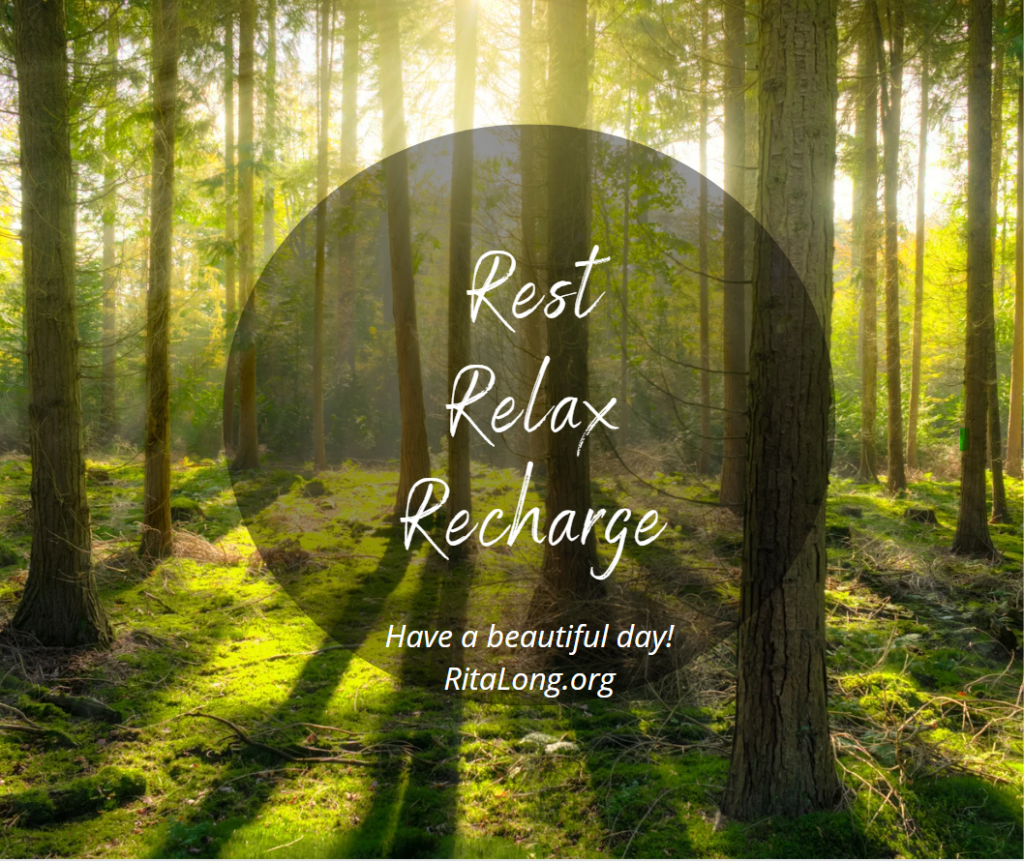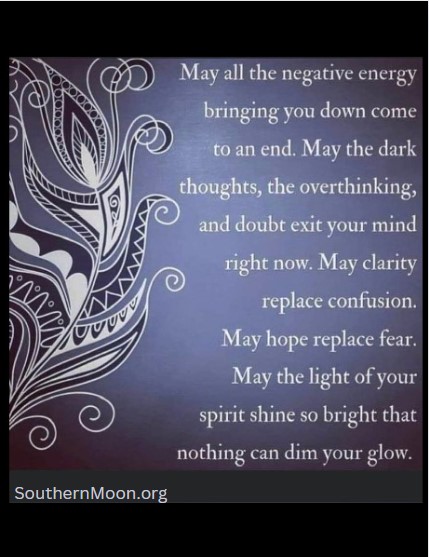
Mindful Meditation for Children’s
Mindful meditation is a practice that involves focusing one’s attention on the present moment nonjudgmentally. In the context of children’s self-regulation, mindful meditation offers a valuable tool to help children develop skills to manage their emotions, behavior, and attention. By introducing children to the concept of mindfulness and teaching them simple meditation techniques, we can empower them to become more aware of their thoughts and feelings. This introductory section lays the foundation for understanding the benefits of mindful meditation for children’s self-regulation and explores how it can positively impact their overall well-being.
Mindful meditation offers various benefits to children that can aid in their self-regulation. Firstly, it helps improve their ability to focus and concentrate, allowing them to pay attention to tasks and activities for longer periods of time. Additionally, practicing mindfulness can enhance their emotional regulation skills, enabling them to better understand and manage their feelings. Through meditation, children also develop self-awareness, becoming more in tune with their thoughts, emotions, and bodily sensations. This increased self-awareness can help them identify and address any negative thoughts or behaviors. Furthermore, mindful meditation promotes relaxation and decreases stress levels in children, allowing them to feel calmer and more balanced. Lastly, regular meditation practice has been associated with improved sleep quality in children, helping them attain better rest and rejuvenation. Overall, incorporating mindful meditation into children’s lives can significantly contribute to their self-regulation abilities and overall well-being.
Implementing mindful meditation in schools and homes can provide children with numerous benefits for their well-being. In schools, incorporating mindfulness into the curriculum can help create a calm and focused environment for learning. Teachers can introduce short mindfulness exercises, such as breathing exercises or body scans, at the beginning of each class to help students settle their minds and increase their ability to concentrate. Additionally, schools can set up dedicated mindfulness spaces where students can go to practice meditation or take a moment to themselves when needed. At home, parents can establish a regular meditation routine by allocating a specific time and space for mindful practice. They can engage in guided meditation sessions with their children or use meditation apps designed for kids. By integrating mindful meditation into both school and home settings, children can develop essential self-regulation skills, such as emotional regulation and impulse control, leading to improved focus, reduced stress, and enhanced overall well-being.













